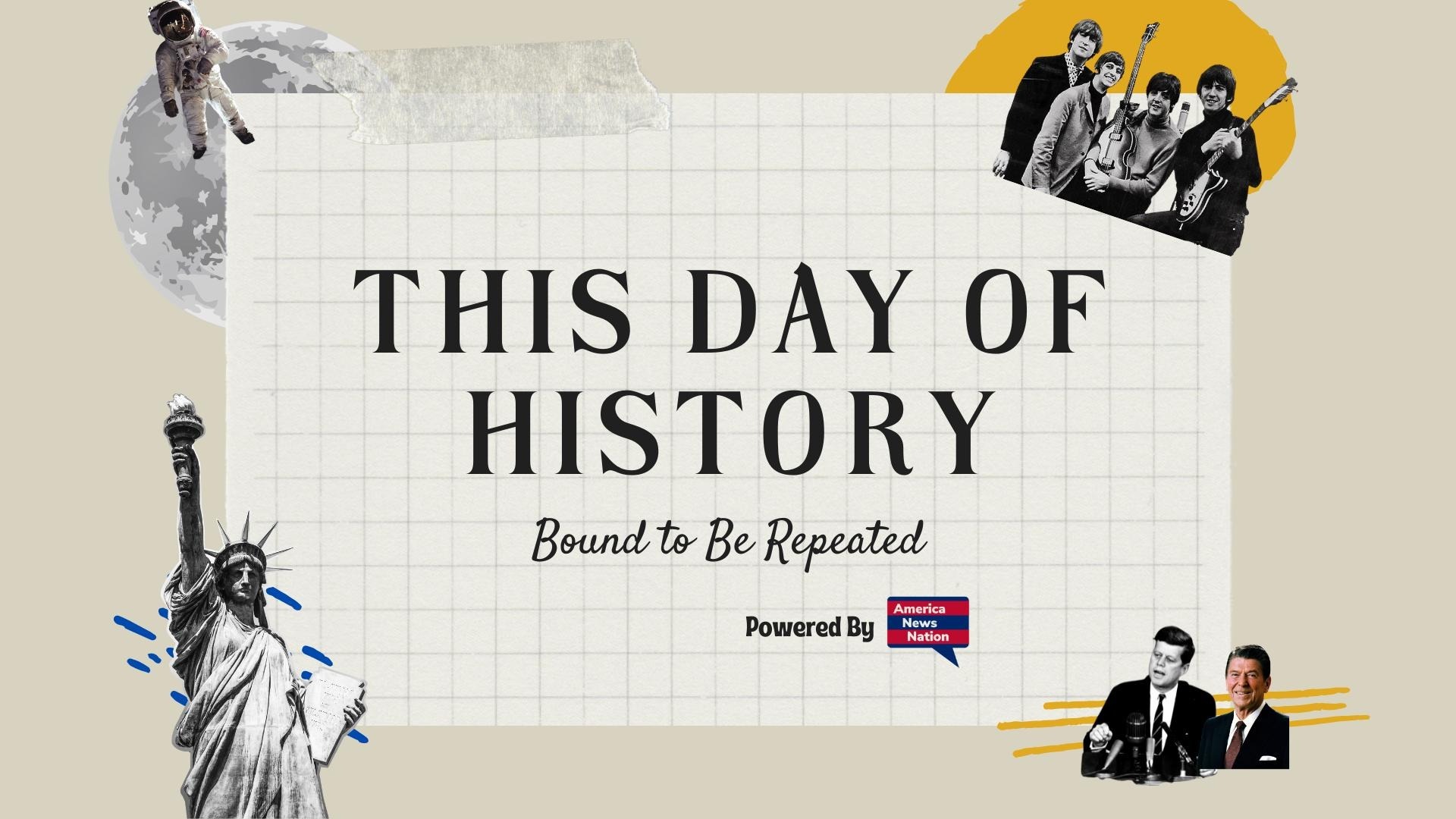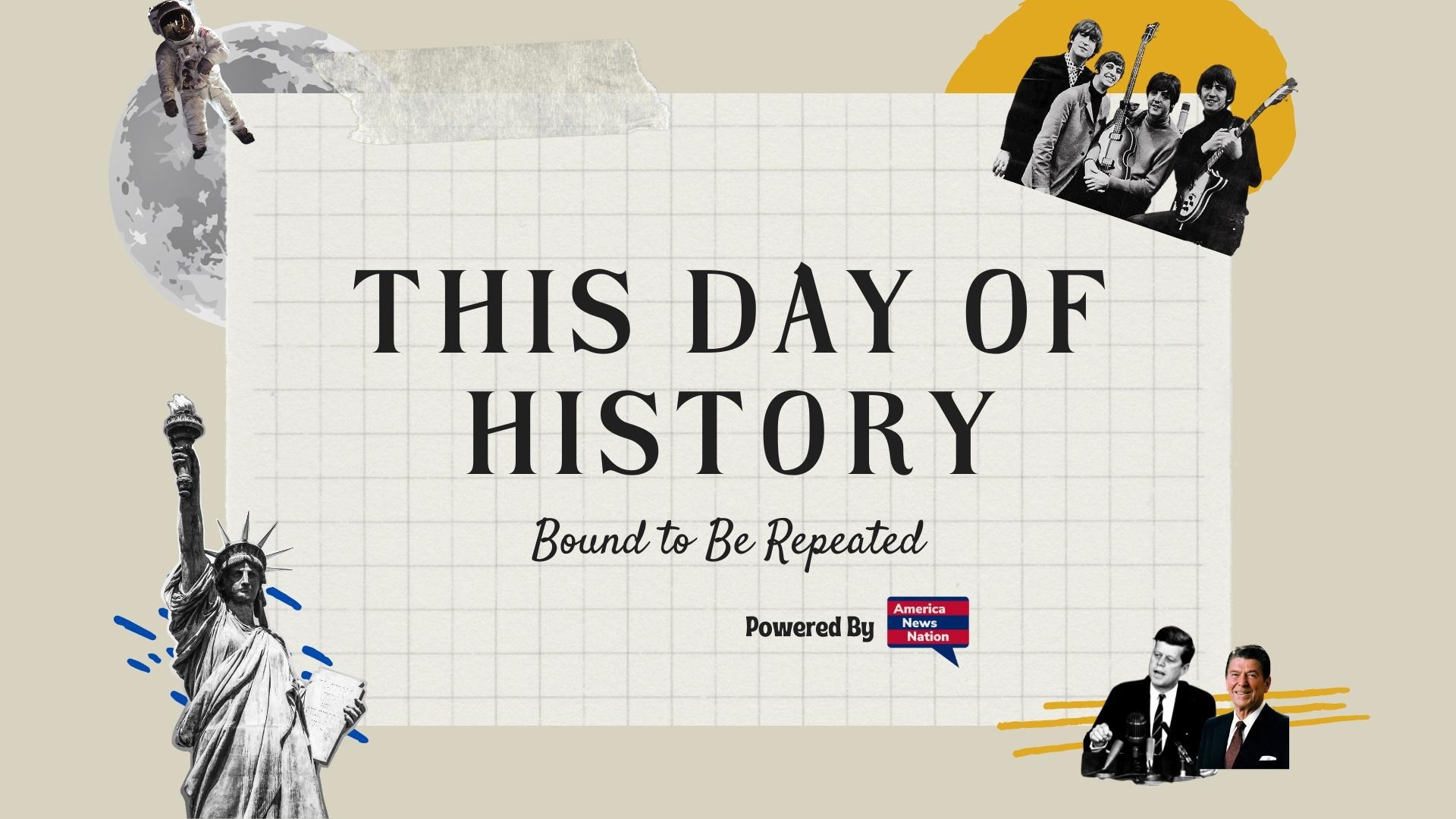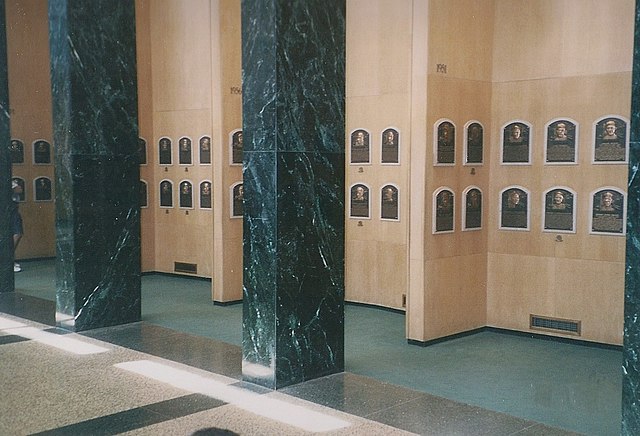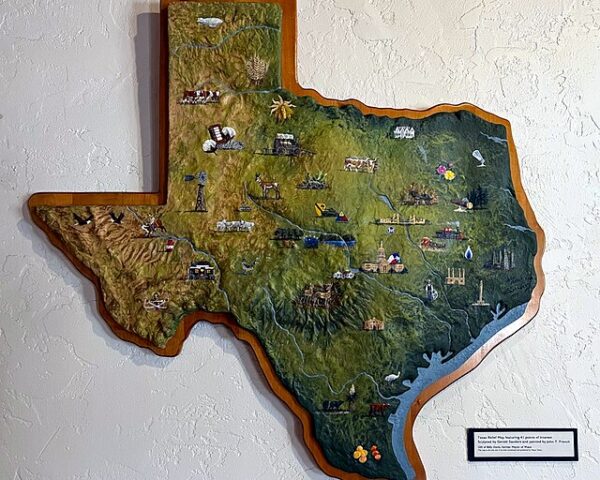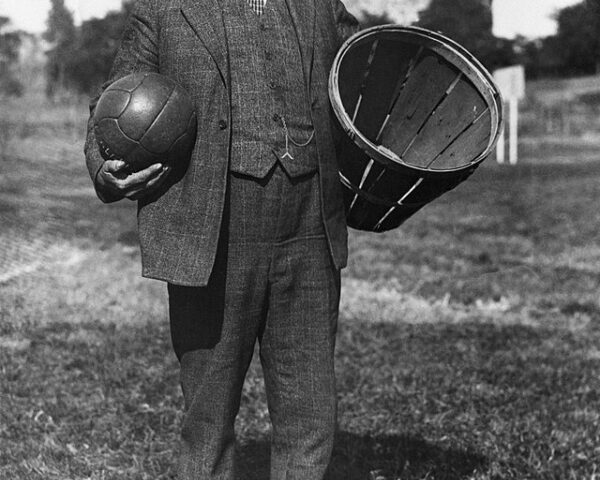On June 12, 1939—exactly a century after the mythic debut of baseball in Cooperstown, New York—the National Baseball Hall of Fame and Museum opened its doors to the public. The date was deliberately chosen to commemorate what organizers believed was the 100th anniversary of the game’s invention by Abner Doubleday, a Civil War general whom early baseball boosters had enshrined—mistakenly—as the sport’s founding figure. Though later historians would debunk the Doubleday origin story, the legend helped lend symbolic weight to Cooperstown’s selection as the site of the sport’s official hall of memory.
The Hall of Fame was born not just of nostalgia, but of anxiety. During the Great Depression, baseball’s place in the American imagination seemed at risk. Attendance dipped. Players’ salaries were slashed. Some teams flirted with bankruptcy. Civic leaders in Cooperstown, supported by baseball executives like Ford Frick and Commissioner Kenesaw Mountain Landis, sought to anchor the game more firmly in national identity by constructing a museum and hall of fame that would enshrine the game’s heroes and history. It was a temple not merely to baseball’s past, but to its enduring cultural role as a unifying force in a fractured America.
The opening ceremony in 1939 was a who’s who of early 20th-century baseball. Living legends like Babe Ruth, Ty Cobb, Walter Johnson, Honus Wagner, and Cy Young traveled to Cooperstown to be formally inducted. Their presence lent gravitas to the fledgling institution, cementing its status as baseball’s official pantheon. Ruth, with his characteristic bravado, thrilled crowds, while Cobb—who had always craved recognition—relished his moment in the sun. Each man symbolized a different era and ethos of the game: Ruth the joyful titan, Cobb the fierce competitor, Wagner the consummate sportsman.
The original Hall of Fame class, selected in 1936, included five figures: Ruth, Cobb, Wagner, Johnson, and Christy Mathewson. But because the museum was not yet complete, their official enshrinement was delayed until 1939. Joining them in that first ceremony were other early inductees like Nap Lajoie, George Sisler, and Tris Speaker. Though the selection process had drawn criticism for its opacity and occasional regional bias, few could deny the ceremony’s emotional power.
Beyond the star-studded inductions, the Hall also featured exhibits, photographs, bats, gloves, and other memorabilia—each artifact an attempt to tell the story not just of the players but of the fans, fields, and folklore that gave the game its mystique. The museum sought to portray baseball as something more than sport: a uniquely American expression of character, continuity, and community.
Yet the vision of baseball the Hall of Fame presented in 1939 was partial and selective. There was no mention of the Negro Leagues or of Black ballplayers, who remained excluded from Major League Baseball. Jackie Robinson would not debut with the Brooklyn Dodgers until 1947, and it would take decades before the Hall began to properly recognize the contributions of Black and Latino players, managers, and executives. The Cooperstown shrine, like the game it celebrated, reflected the segregated norms of its time.
Nonetheless, the 1939 opening marked a turning point. With its red-brick colonial revival architecture and its quiet, tree-lined surroundings, the Hall of Fame offered Americans a place of pilgrimage—an invitation to participate in baseball’s mythmaking. As World War II loomed and modernity encroached on old traditions, Cooperstown promised a connection to something simpler, purer, and unchanging.
In the years since, the Hall of Fame has grown into one of the nation’s premier sports museums, welcoming millions of visitors and expanding its recognition of the game’s diverse and evolving history. But it all began on that summer day in 1939, when the legends of the past gathered in a small New York village to consecrate the house that memory built.
